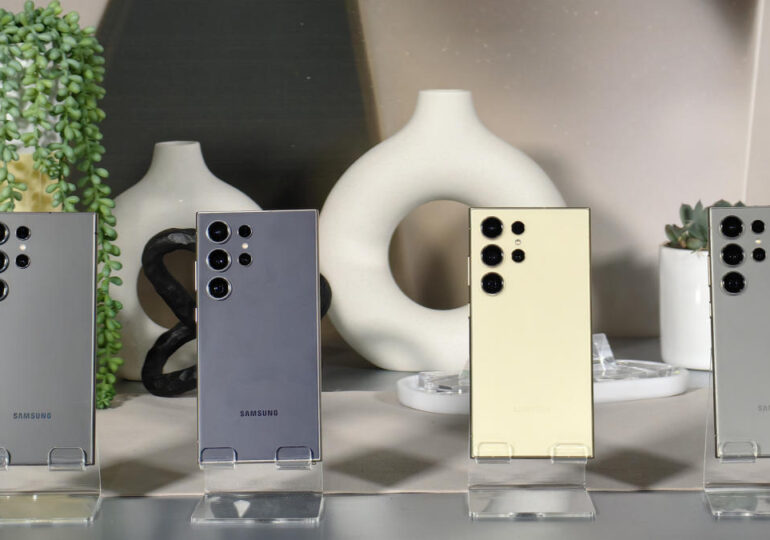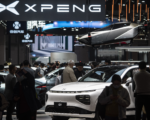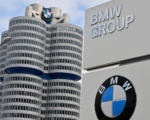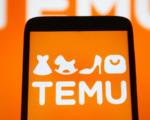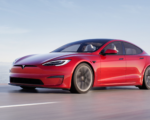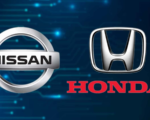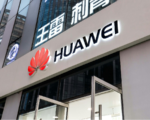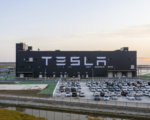EU-China Electric Vehicle Dispute Highlights Complex Diplomacy, Averts Trade Escalation
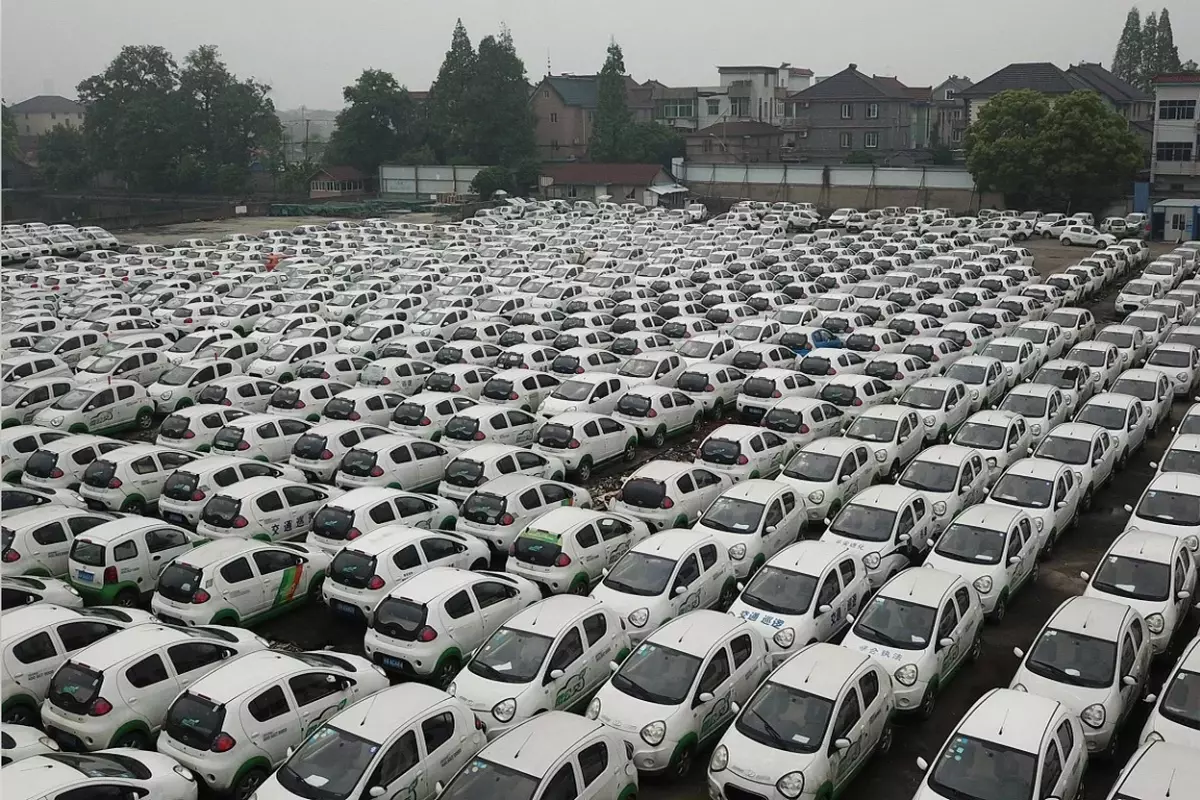
As the EU and China navigate their ongoing dispute over electric vehicle (EV) tariffs, both parties are attempting to prevent a full-scale trade conflict. The European Union recently imposed tariffs as high as 45.3% on Chinese EV imports, alleging that Chinese subsidies have unfairly supported its auto industry. In response, China has placed restrictions on certain European goods, including pork, dairy, and brandy. Despite these tensions, EU member states are using the dispute as a diplomatic tool, aiming to strengthen their individual trade relationships with China even as multilateral talks encounter obstacles.
European leaders and trade officials continue to visit China, underscoring the importance of constructive engagement. French and Finnish officials, among others, have recently met with Chinese counterparts, seeking ways to bolster commercial ties while avoiding further trade fallout. Notably, France, a significant player in the dispute, has maintained its commitment to expanding trade with China, as evidenced by its “Country of Honour” designation at China’s annual import expo this year. This approach reflects a broader EU strategy of selective engagement, balancing economic pragmatism with a cautious stance on trade protection.
This diplomatic approach is particularly important given the internal divisions within the EU. When the tariff measures were up for a vote, EU member states were split: 10 voted in favor, 5 against, and 12 abstained. Germany, Europe’s largest economy, notably opposed the tariffs, which has sparked a debate on how to best manage the economic risks posed by Chinese imports. Some EU nations hope to secure additional Chinese investment in their domestic industries, viewing a softer stance as a pathway to minimize Chinese retaliation. This sentiment is echoed in recent actions by leaders from countries such as Slovakia and Finland, who have actively pursued trade agreements with China.
For China, managing the dispute carefully is essential, particularly as its economy faces deflationary pressures and the need to expand its EV exports. Analysts point out that China’s response, while calculated, has been limited to tariffs on specific European products. This measured reaction suggests Beijing’s focus on controlling the situation to avoid broader economic strain. The dispute has also led both parties to seek arbitration through the World Trade Organization (WTO), though such a process could take years to resolve fully.
Analysts suggest a potential path forward: a compromise on minimum import prices, which would retain some level of tariffs but reduce their severity. This outcome could provide a diplomatic solution that preserves both European and Chinese interests without escalating the conflict. Bo Zhengyuan, an expert from consultancy Plenum, noted that adjusting the tariff rates rather than removing them entirely may be the most realistic resolution in the near term.
Despite the ongoing EV dispute, the EU and China have strong incentives to maintain stable trade relations. European officials are aware that a deeper rift could hinder access to critical materials needed for the green energy transition, and Chinese leaders are cautious about further economic setbacks. Ultimately, the current situation reflects a broader trend: both sides are attempting to “muddle through” the complexities of trade policy while keeping tensions in check.





